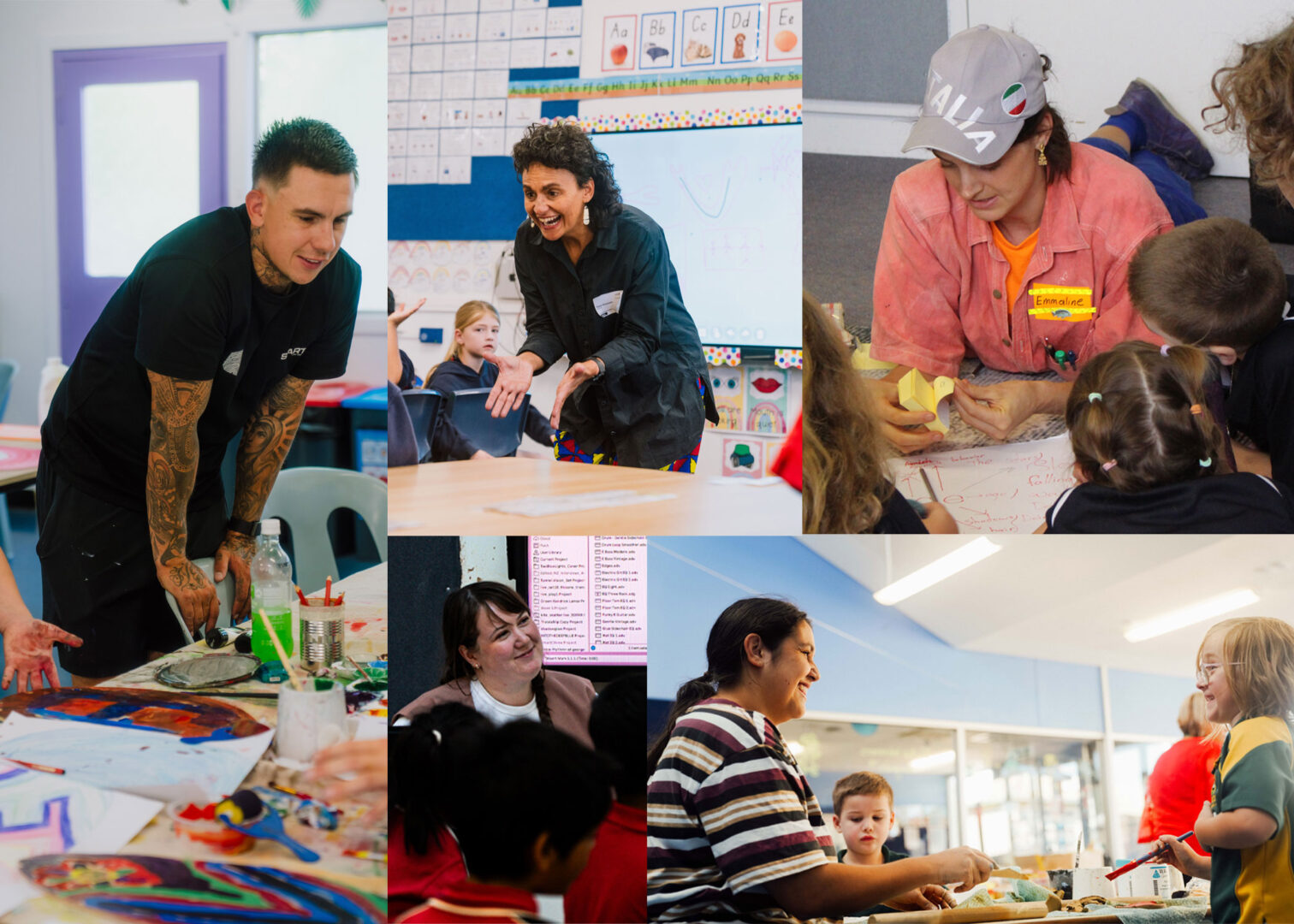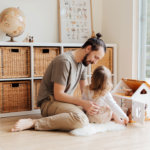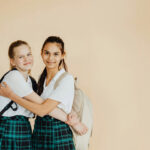
03 May What does art look like when children lead the way?
Children are not waiting to become artists, writes Alise Hardy. They are artists now.
At Carclew’s South Australia bold new exhibition This Is What Art Looks Like (May 5 – 30th), young artists aren’t just learning—they’re creating work that’s thoughtful, powerful, and deeply connected to identity, culture and place. With over 300 children collaborating alongside professional artists, this show invites audiences to see young people not as artists in the making, but as artists in their own right.
 What does art look like when children lead the way?
What does art look like when children lead the way?
Creative children and young people often get viewed as mere ‘artists in training’. We surmise that their best, most meaningful work will happen at some time in the future, if at all. The new and ambitious exhibition at Carclew, This is What Art Looks Like, challenges this assumption by asking young people to embody who they are now, as artists, so that they can examine where they have come from and who they want to become.
Beyond Finger Paints: Children as Cultural Citizens
Engaging in making art and creative practice offers children and young people more than just learning how to draw, paint or build things. It provides a space for them to engage with identity, culture, memory and possibility. Children are cultural citizens whose creative expressions make valid contributions to public discourse.
At the centre of the exhibition, 326 artists from across Kaurna Yarta collaborate with leading South Australian contemporary artists Emmaline Zanelli, Georgia Oatley, Shane Cook, Toni Hassan and Tiarnie Edwards. By presenting the work of emerging and established artists side-by-side, This is What Art Looks Like challenges traditional ideas about who an artist is.
The works of art in This is What Art Looks Like come from personal histories and social realities and offer insights into society as young people experience it today. The theme of time threads throughout the exhibition, demonstrating how young artists grapple with their place in the world, how they negotiate history, community and dreams for the future. Their work is playful, ambitious and deeply considered, standing seamlessly alongside those of their professional collaborators.
Exhibition without Age Limits: Reframing Artistic Identity
Although the exhibited works of art grew out of the Artists in Schools program at six South Australian primary schools, the exhibition frames young artists’ work as authentic, critical expressions of identity, culture and creativity.
An important way exhibitions communicate their values and ideas is through the curatorial practices they use. These practices shape how curators select, present and enable people to experience art. In This is What Art Looks Like curatorial choices prioritise the experience of young artists and visitors to foster meaningful engagement with the works on display. Some decisions are relatively straightforward: curators position select artworks and labels lower than usual to meet the eye line of children, allowing them to navigate the exhibition with ease and independence.
Curating for Connection: Seeing the Work, Not the Age
All artists, whether young people or professionals, get credited using only their first name and surname initial. This approach intentionally de-identifies artists based on age, encouraging audiences to encounter the work without assumptions about maturity or experience. In doing so, the exhibition affirms that it is the ideas, skill and imagination embodied in the work itself that matter, rather than the age of its maker.
This is What Art Looks Like affirms children and young people as artists in their own right. Their work is thoughtful, skillfully made and grounded in real ideas about identity, place and change. Young artists engage critically with the world around them, producing work that not only contributes meaningfully to contemporary culture but also stands seamlessly alongside their professional collaborators. These are not the early steps of an artist – they are significant creative acts that deserve recognition because this is what art looks like, here and now.
Visit Carclew for an inspiring exhibition showcasing artworks made in collaboration with leading South Australian artists and student artists from local primary schools. This exhibition celebrates the creativity and critical thinking of young minds by bringing together a selection of 2D, 3D, soundscape and multi-media artworks.
Exhibition Dates: Monday, 5 May to Friday, 30 May 2025
Open Days and Times: 9AM-5PM Monday to Friday
The Young Archie Prize is in conjunction with the annual Archibald Prize, at the AGNSW in Sydney.
The Childrens Art is on display now at the Art Gallery of NSW Young Archies 2025.
Of 3200 entries, 70 selected as finalists + 20 honourable mentions.




